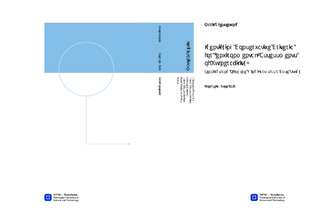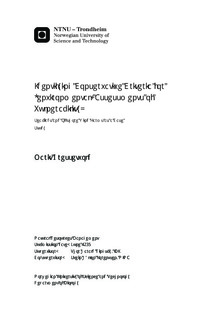| dc.contributor.advisor | Ringsby, Thor Harald | nb_NO |
| dc.contributor.advisor | Lorentsen, Svein Håkon | nb_NO |
| dc.contributor.author | Gressetvold, Marit | nb_NO |
| dc.date.accessioned | 2014-12-19T13:13:16Z | |
| dc.date.available | 2014-12-19T13:13:16Z | |
| dc.date.created | 2013-10-26 | nb_NO |
| dc.date.issued | 2013 | nb_NO |
| dc.identifier | 659652 | nb_NO |
| dc.identifier | ntnudaim:10292 | nb_NO |
| dc.identifier.uri | http://hdl.handle.net/11250/245315 | |
| dc.description.abstract | The approach is based on four criterias; 1) elasticity of adult and juvenile survival on population growth rate, 2) redlist status and 3) local abundances and 4) flight properties. I also investigated whether the different criteria differed based on geographic maps of the vulnerability in coastal areas in Norway, and the method presented in this study was compared to another framework for vulnerability assessment, developed by Garthe and Hüppop (2004). The present study contributes to a refined framework of vulnerability assessment, which to a larger extent consider the population dynamics of seabirds, compared to other methods based on multiple factor indexes. The study also contributes to the discussion of the methodological aspects of vulnerability assessments of seabirds. | nb_NO |
| dc.language | eng | nb_NO |
| dc.publisher | Institutt for biologi | nb_NO |
| dc.title | Identifying Conservative Criteria for (environmental) Assessments of Vulnerability;: Seabirds and Offshore Wind Farms as a Case Study | nb_NO |
| dc.type | Master thesis | nb_NO |
| dc.source.pagenumber | 45 | nb_NO |
| dc.contributor.department | Norges teknisk-naturvitenskapelige universitet, Fakultet for naturvitenskap og teknologi, Institutt for biologi | nb_NO |

